Regulatory Compliance and Standards
Regulatory compliance plays a crucial role in shaping the Hospital Linen Supply and Management Service Market. Healthcare facilities are required to adhere to strict regulations regarding linen management, including guidelines for cleanliness and safety. Compliance with these regulations is essential to avoid penalties and ensure patient safety. As regulatory bodies continue to update and enforce these standards, hospitals are increasingly turning to professional linen management services to ensure compliance. This trend is likely to drive market growth, as facilities recognize the importance of partnering with experienced linen suppliers who can navigate the complexities of regulatory requirements and maintain high standards of service.
Increased Focus on Infection Control
Infection control remains a critical concern within healthcare settings, significantly influencing the Hospital Linen Supply and Management Service Market. Hospitals are increasingly adopting stringent hygiene protocols to prevent hospital-acquired infections, which has led to a greater reliance on professional linen services. The need for high-quality, sanitized linens is paramount, as contaminated linens can pose serious health risks. Recent studies indicate that hospitals utilizing specialized linen management services report lower infection rates, thereby enhancing patient safety. This trend underscores the importance of effective linen management in maintaining hygiene standards, which is likely to drive market growth as healthcare facilities prioritize infection control measures.
Rising Demand for Healthcare Services
The increasing demand for healthcare services is a primary driver of the Hospital Linen Supply and Management Service Market. As populations grow and age, the need for hospitals and healthcare facilities expands, leading to a heightened requirement for linen services. In many regions, the healthcare sector is experiencing a surge in patient admissions, which necessitates a reliable supply of clean and sanitized linens. According to recent data, the healthcare sector is projected to grow at a compound annual growth rate of approximately 7% over the next few years. This growth directly correlates with the demand for linen supply services, as hospitals require efficient management of their linen inventory to maintain operational efficiency and patient satisfaction.
Sustainability and Eco-Friendly Practices
Sustainability initiatives are becoming increasingly important in the Hospital Linen Supply and Management Service Market. Hospitals are under pressure to adopt eco-friendly practices, including the use of sustainable materials and energy-efficient laundering processes. This shift towards sustainability not only addresses environmental concerns but also appeals to a growing segment of environmentally conscious patients. Many healthcare facilities are now seeking linen suppliers that prioritize sustainable practices, which can enhance their reputation and attract more patients. The market for eco-friendly linen services is projected to expand as hospitals recognize the long-term benefits of sustainability, including cost savings and improved patient satisfaction.
Technological Advancements in Linen Management
Technological advancements are reshaping the Hospital Linen Supply and Management Service Market, offering innovative solutions for linen tracking and management. The integration of RFID technology and automated inventory systems allows hospitals to monitor linen usage in real-time, reducing waste and improving efficiency. These technologies enable healthcare facilities to optimize their linen supply chains, ensuring that clean linens are always available when needed. As hospitals increasingly adopt these technologies, the demand for sophisticated linen management services is expected to rise. Furthermore, the ability to analyze data related to linen usage can lead to cost savings and improved operational performance, making technology a key driver in this market.


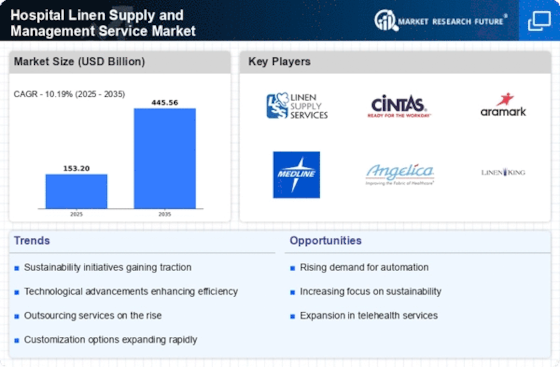
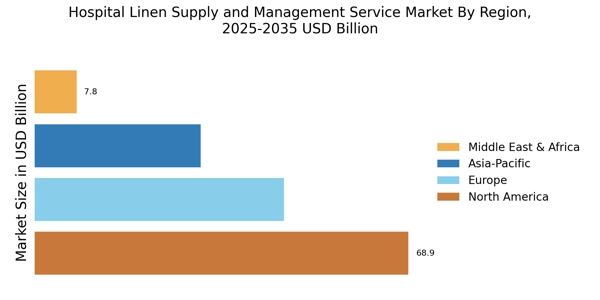
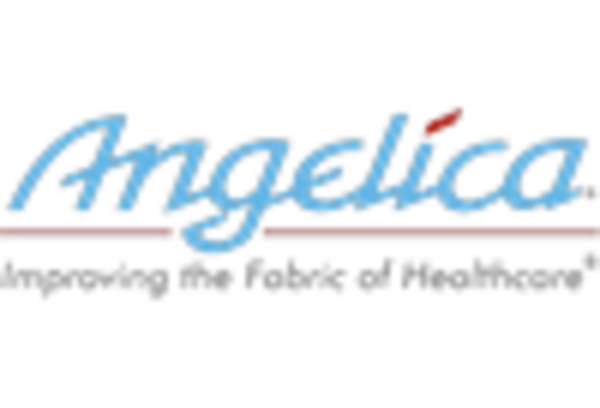
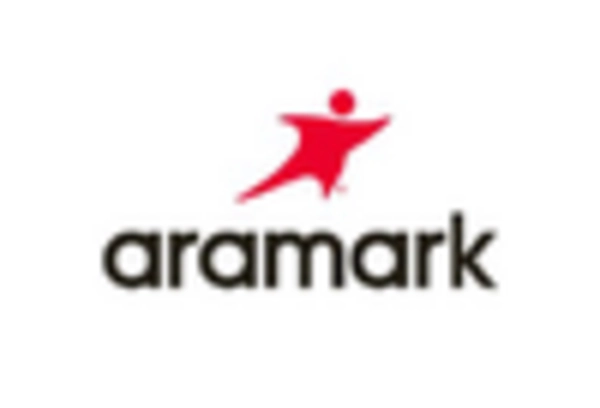
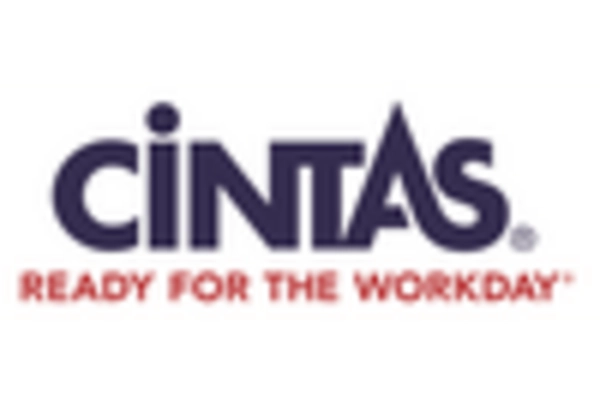
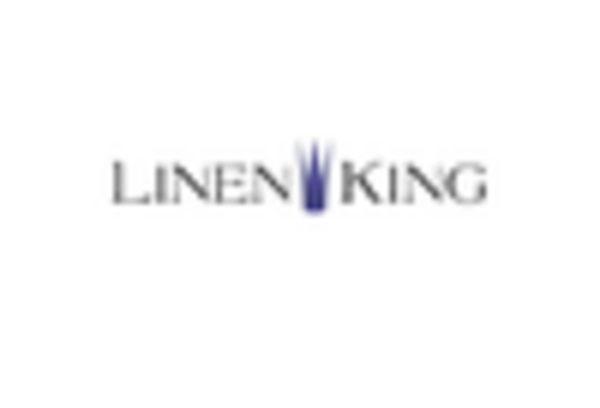
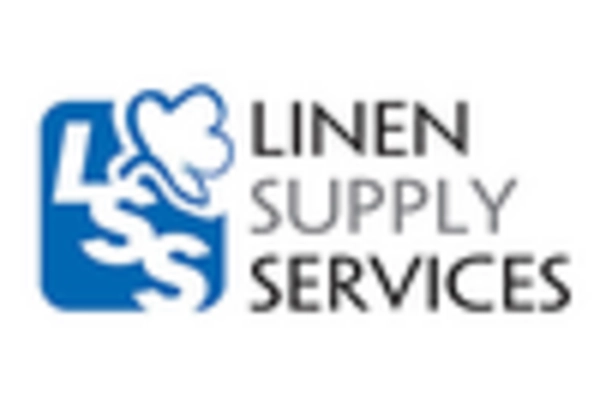
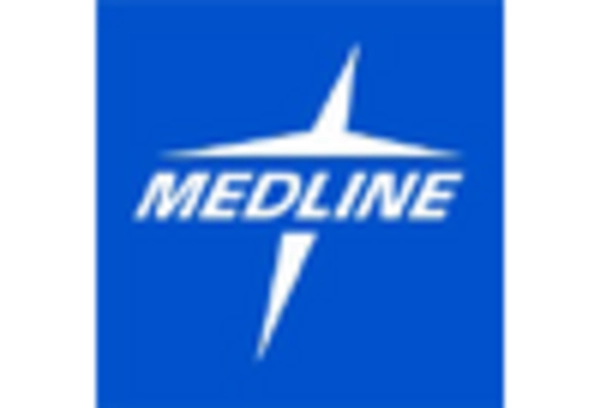








Leave a Comment